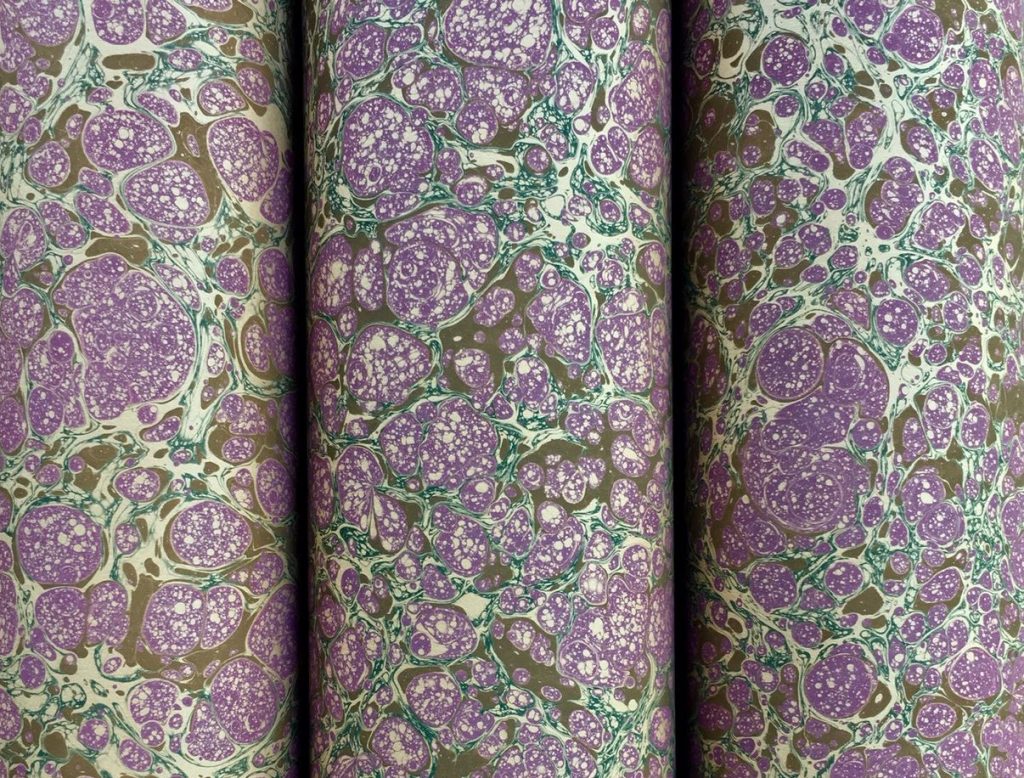Education
Ebru | The colors of marbled paper
People that take notice of my works, usually ask about the colors used. Questions are similar, but usually asked with different approaches depending on the region of the person asking.
Lithuanians usually ask why I use light, less mixed, “open” colors, claiming that these colors lack depth, substance or soberness. However, colleagues from the Asian region ask me are there so many dark, gloomy, sombre or mixed colors in my works?
???
For Lithuanians, it is very characteristic to constantly observe the change of color in changing seasons, and realistic depiction of color, so black, brown, yellow, red, green and blue – natural colors of earth and the sky, are understood as symbols of life, fertility, crop and the blooming of nature. They remind of the joys of birth and life, fortune in work, and also associate with peace, wealth and hope.
Dark colors in books reflect a very deep rooted understanding of books for us, harkening to times of old, when print was forbidden for us. Here we see importance placed on the contents of the books, and the binding of the book and esthetics more so as an afterthought, with darker selection of material, as well as marbling paper.
In Asian culture, along with ornamental structures, colors and their symbolism are granted more importance. Light (Bright) colors, in arabian-muslim understanding of the world, are associated with good, and the concept of godly beauty, therefore they are regarded as emotionally influential to people. Mixed, dark(brown, grey) colors are associated with old age, spiritual degeneration, which is why “dirty” colors are ignored. On the other hand, light and dark colors are not antagonized, rather, their close relationship is emphasized, as well as drawing attention to the brightness, intensity, and the ratio between the object and the empty space.
Taking a look at todays ebru and marbled paper sources we find different and even opposed interpretations of color. That allows us to collate the differences between the eastern and western point of view, recognize the importance of geographical position, historical events, cultural and religious aspects of different regions.

